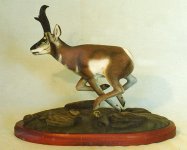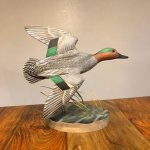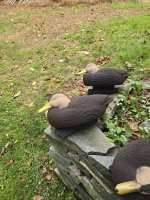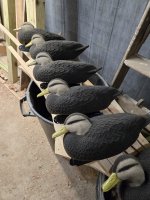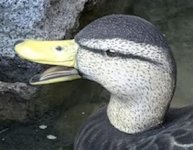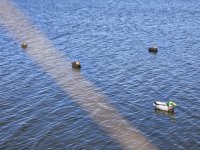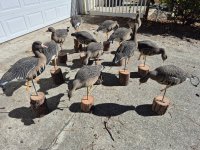Great picture!
Agree, Eric, staff, and forum contributors have ensured this forum is what a good forum should be -folks with a central interest/passion sharing not only around the central theme but also across their broader interests. I belong to one other forum about which I feel similarly - woodbarter.net. If you're not familiar with that one, like this forum it was started by an individual with a passion who wanted to share and invite participation - in that case in wood and woodworking. Its central purpose is to be a place for (small shop) woodworkers to share knowledge and to buy/sell/trade wood. It is quite a collection of craftsmen and smart-asses (at least I fit with the latter).
Agree, Eric, staff, and forum contributors have ensured this forum is what a good forum should be -folks with a central interest/passion sharing not only around the central theme but also across their broader interests. I belong to one other forum about which I feel similarly - woodbarter.net. If you're not familiar with that one, like this forum it was started by an individual with a passion who wanted to share and invite participation - in that case in wood and woodworking. Its central purpose is to be a place for (small shop) woodworkers to share knowledge and to buy/sell/trade wood. It is quite a collection of craftsmen and smart-asses (at least I fit with the latter).

